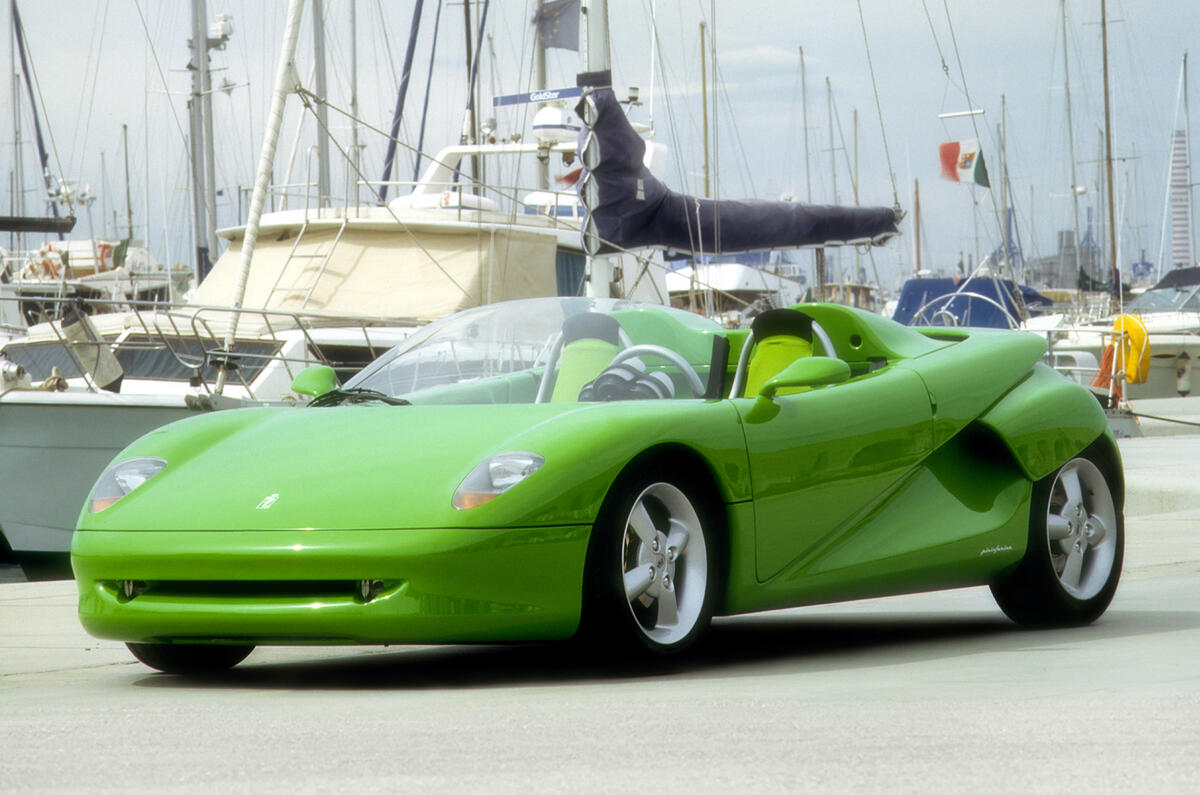With an all-electric automotive future now looking rather less of a shoo-in than it once did, some car makers are contemplating the next iteration of the internal combustion engine by developing versions powered by hydrogen or synthetic e-fuels.
But rather than change what you’re burning, what if you changed altogether how you burn it? That’s exactly what Ford had a crack at in July 1992, when two-stroke fever swept the West and threatened to revolutionise engine technology.
Two-stroke engines had a poor reputation by the ’90s. Most people could barely remember that the Saab 96 had started out with such an engine before swapping to a V4, but some — hailing from east of the Iron Curtain — carried generational trauma from Trabants and Wartburgs.
They were perceived as too fragile, too peaky in their power delivery and, crucially, much too smoky to ever meet an emissions standard, rudimentary as they were at the time.
But in 1991, the Orbital Engine Company thought it had it licked. It took founder Ralph Sarich’s Orbital powerplant design (think a Wankel but with a central ‘piston’ orbiting the centre of the combustion chamber, rather than rotating around its edge) and adapted it into a two-stroke piston design. “Immediately we got good results,” Sarich told us that January.
The Australian firm settled on a 1.2-litre three-cylinder design that was smaller than an equivalent overhead-valve four-stroke, £100 cheaper to produce and more powerful to boot.
Ford was moved by the prospect, inking a licence agreement in 1986. Five years later, Orbital had readied a fleet of Fiestas fitted with its engine, kicking out 80bhp and 90lb ft — a marked jump from the 60bhp and 73lb ft of Ford’s 1.3-litre Kent unit.
We tried an early prototype in the US and determined it was “an engine whose time had come”. We were impressed by its flexibility — “second-gear starts are smooth and brisk; even third’s not sadistic” — and duality of character, it making easy progress at a cruise and then singing when pushed hard.
We had another go in July 1992, this time on home turf. Again, “the most welcome thing is this engine’s flexibility”, our correspondent said. They noted that “there is no telltale smoke”, hinting at the work that had been done to cut the two-stroke’s emissions.
As well as the Fiesta, Ford planned to throw the two-stroke into a sports car.













Join the debate
Add your comment
I also loved two-stroke motorbikes, back in the day. Looking back, the smoke they produced was horrendous however. But it's arguable that they were no more polluting than dirty diesel is. But these days, all combustion is obsolete.
Ah how I miss my 2 stoke motorbikes, nothing beats a 250 when it hits that sweet spot. But even with KTM now doing injected two strokes I still can't see it working in a car.
Once again this once esteemed publication is trying to find an alternative to the soon to be mandatory electric propulsion.